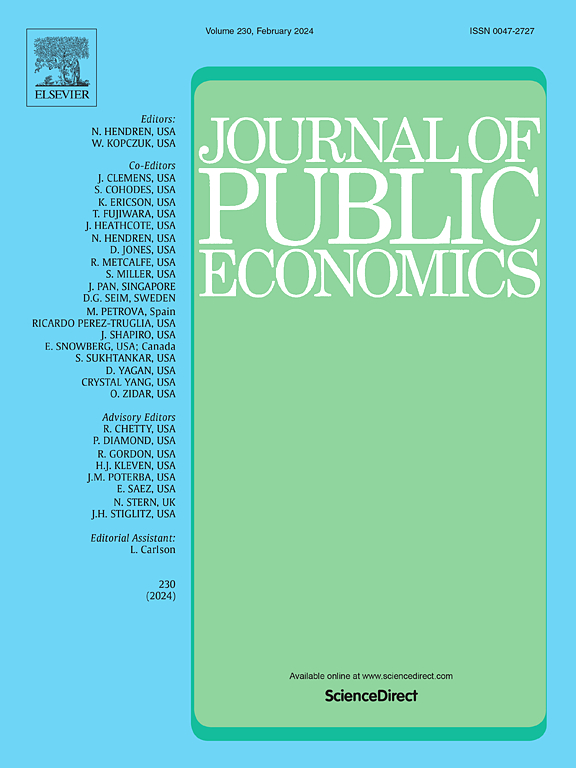Marketing authorization and strategic patenting: Evidence from pharmaceuticals
IF 4.8
1区 经济学
Q1 ECONOMICS
引用次数: 0
Abstract
Patents can incentivize innovation, but pharmaceutical firms often extend market exclusivity by patenting minor modifications to existing drugs, raising concerns about low-novelty patents that add little therapeutic value. This study examines how patenting behavior changes after marketing authorization, a regulatory milestone that makes clinical trial data public and thereby creates “prior art” that limits future patent claims. Using a novel European patent–drug dataset and event study methods, we exploit plausibly exogenous variation in the time from patent priority filing to marketing authorization. We find a significant decline in strategic patenting after authorization, particularly in secondary patents and those covering the same disease areas. In contrast, follow-on product patents and patents for new disease areas remain stable, suggesting that authorization selectively curbs low-novelty filings. Both originators and other firms respond similarly, though at different speeds. The absence of similar responses after earlier milestones indicates increased difficulty in obtaining or enforcing low-value patents as the likely mechanism. Robustness checks – including alternative difference-in-differences estimators, constant exclusivity samples, and analyses accounting for non-European market incentives, firm characteristics, and instrumental variable approaches – support our conclusions. Our findings show how regulatory data transparency can indirectly improve patent quality.
上市许可和战略性专利:来自药品的证据
专利可以激励创新,但制药公司经常通过对现有药物进行微小修改申请专利来扩大市场独占性,这引起了人们对低新颖性专利的担忧,这些专利几乎没有增加治疗价值。本研究考察了上市许可后专利行为的变化,这是一个监管里程碑,使临床试验数据公开,从而创造了限制未来专利要求的“现有技术”。使用新的欧洲专利药物数据集和事件研究方法,我们利用了从专利优先申请到上市授权时间的合理外生变化。我们发现授权后的战略专利申请显著下降,特别是二次专利和覆盖相同疾病领域的专利申请。相比之下,后续产品专利和新疾病领域的专利保持稳定,这表明授权有选择地限制了低新颖性申请。发起者和其他公司的反应相似,尽管速度不同。在早期里程碑之后缺乏类似的回应表明,作为可能的机制,获得或执行低价值专利的难度增加了。稳健性检查——包括可选的差中差估计器、恒定的排他性样本,以及考虑非欧洲市场激励、企业特征和工具变量方法的分析——支持了我们的结论。我们的研究结果表明,监管数据透明度可以间接提高专利质量。
本文章由计算机程序翻译,如有差异,请以英文原文为准。
求助全文
约1分钟内获得全文
求助全文
来源期刊

Journal of Public Economics
ECONOMICS-
CiteScore
14.10
自引率
2.00%
发文量
139
审稿时长
70 days
期刊介绍:
The Journal of Public Economics aims to promote original scientific research in the field of public economics, focusing on the utilization of contemporary economic theory and quantitative analysis methodologies. It serves as a platform for the international scholarly community to engage in discussions on public policy matters.
 求助内容:
求助内容: 应助结果提醒方式:
应助结果提醒方式:


